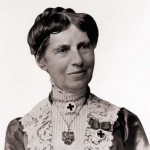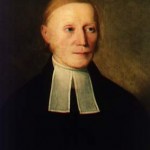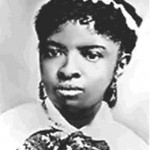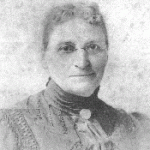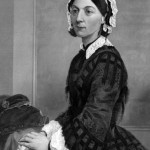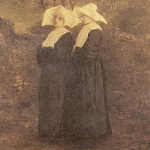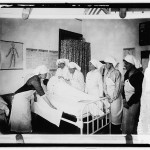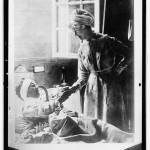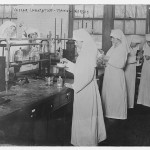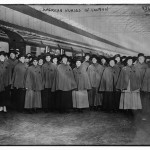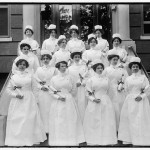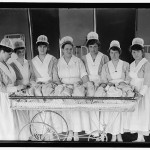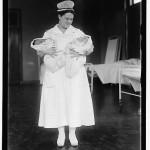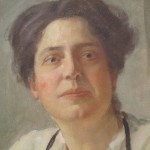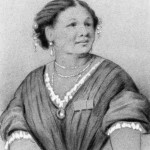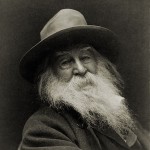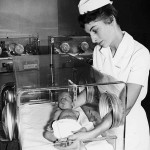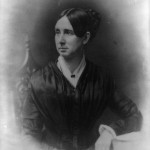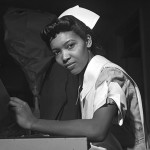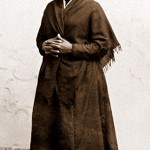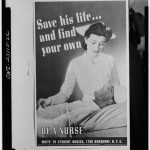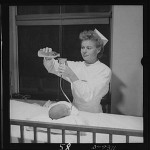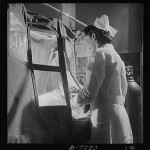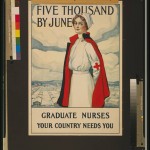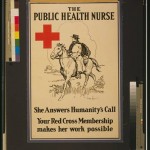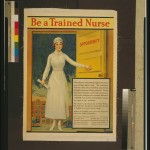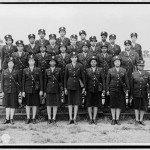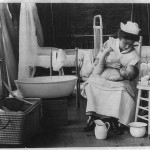- Clara Barton (1821 – 1912). Barton founded the Red Cross and worked as an internationally-recognize nurse, teacher and humanitarian. Credit: Clara Barton National Historic Site
- Theodor Fliedner (1800 – 1864). Fliedner was a German Lutheran minister who founded and revived Deaconess training, a fore-runner of modern nursing and social work. Credit: Fliedner-Kulturstiftung Kaiserswerth
- Mary Eliza Mahoney (1845 – 1926). Mahoney was the first African American to study and work as a professionally trained nurse in the United States, graduating in 1879. Credit: American Nurses Association
- Linda Richards (1841 – 1930) was the first professionally trained American nurse and an international nursing leader. Credit: National Women’s Hall of Fame
- Florence Nightingale (1820 – 1910) was the founder of modern nursing, in addition to a statistician and social reformer. Credit: Wikimedia Commons
- Before modern nursing, religious orders provided nursing-like services and care. This is an image by French painter and lithographer Armand Gautier. Credit: Wikimedia Commons
- Red Cross nurses, c. 1910 – 1935. Credit: Library of Congress
- Nurse at the bedside, date unknown. Credit: Library of Congress
- Nursing dietetic class. Before the formation of the Registered Dietician (RD) credential, nurses were often directly responsible for providing nutritional information and education to patients. Credit: Library of Congress
- Vassar University School of Nursing laboratory. Following the Goldmark Report of 1923, Vassar and a handful of other schools helped transform nursing education by professionalizing it and moving it into university settings. Credit: Library of Congress
- Date unknown. During both World War I and World War II, American nurses joined the war effort. Many were stationed in the United Kingdom and from there joined soldiers fighting in continental Europe. Credit: Library of Congress
- c. 1910. Georgetown University Hospital graduating nurses. The program, founded in 1903, has since greatly changed and expanded, and now comprises the Georgetown University School of Nursing & Health Studies. Credit: Library of Congress
- c. 1916 – 1919. Nurses with children in a maternity ward, location unknown. Credit: Library of Congress
- c. 1916 – 1919. Nurse in a maternity ward. Location unknown. Credit: Library of Congress
- Lilian Wald (1867 – 1940) was an American nurse, author, activist and humanitarian who founded the American community nursing movement. Credit: National Portrait Gallery
- Mary Jane Seacole (1805 – 1881) was a Jamaican-born woman of Creole and Scottish descent who provided care to wounded British soldiers during the Crimean War. Credit: Wikimedia Commons
- Walt Whitman (1819 – 1892) was an American poet, essayist and journalist who volunteered as a nurse for the Union during the Civil War. At the time, male nurses were relatively common in the U.S.; their numbers are again growing. Credit: Wikimedia Commons
- 1955. Nurses care for a premature infant in Toronto, Ontario. Credit: Library of Congress
- Dorothea Dix (1802 – 1887) was an American nurse and activist for the rights of the mentally ill. She lobbied state legislatures in the U.S. Congress and created the first American mental asylums, greatly improving the quality of care. Credit: Library of Congress
- 1942. Lydia Monroe Ringold, student nurse, Louisiana. African American nurses worked primarily in segregated nursing wards until after the Civil Right era of the 1960’s. Credit: Library of Congress
- Harriet Tubman (1820 – 1913) was an African-American abolitionist and humanitarian who also served as a nurse in the Union Army during the Civil War. Tubman helped rescue hundreds of slaves using the Underground Railroad. Credit: Wikimedia Commons
- World War II recruiting poster. While women were restricted from active combat, many served as nurses on or near the front lines in Europe, Asia and North Africa. Credit: Library of Congress
- 1942. A nurse using the Gavage method to feed an infant. Credit: Library of Congress
- 1942. A nurse overseeing schoolwork for convalescing teenagers. At the time, it was common for patients of all ages to spend weeks or months in hospital settings for long-term recovery. Credit: Library of Congress
- 1942. A nurse tends to a patient in an oxygen tent. Inspired partly by war-time demands, medical technology advanced greatly during the 1940’s. Credit: Library of Congress
- c. 1917. Red Cross World War I U.S. government recruitment poster, with barracks in the background. At the time, military technology generally outstripped medical advances, and mortality rates were high. Credit: Library of Congress
- c. 1914 – 1918. American Red Cross membership drive poster showing a public health nurse on horseback. The image recalls Mary Breckinridge, who formed the Frontier Nursing Service to provide nurse midwives to rural areas. Credit: Library of Congress
- c. 1917 – 1918. Recruiting poster for nurses during World War I. Nursing was one of the few professions open to women at the time, signified by the diploma the woman in the poster is holding and the door marked “Opportunity.” Credit: Library of Congress
- African American nurses stationed in England during World War II. Like combat units, nursing units were racially segregated at the time. The patriotism of African Americans during the war helped inspire the Civil Rights movement after the war. Credit: Library of Congress
- c. 1912. Nurse bathing a child, location unknown. Credit: Library of Congress
